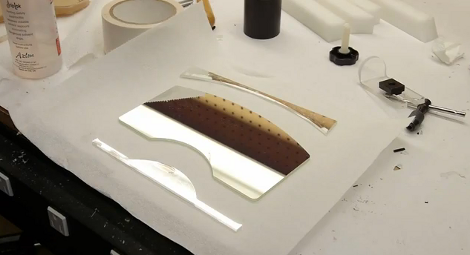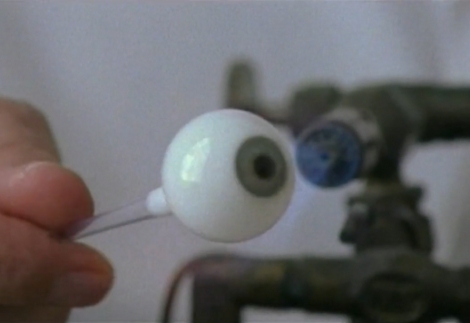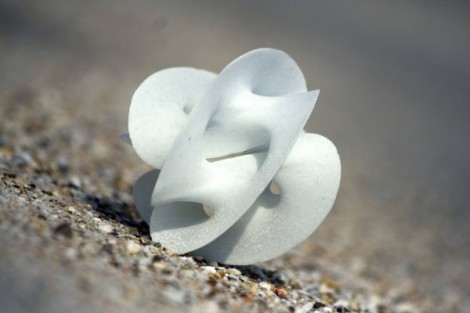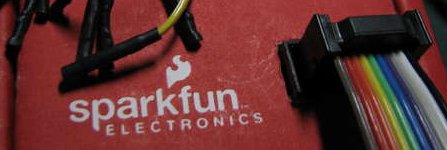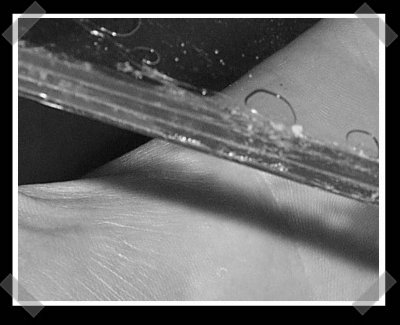Here’s another project that reminds us of the shooting games at a carnival. This was actually inspired by the video game Duck Hunt, and was undertaken as a class project between four students at San Jose State University. It uses moving glass targets that look like rubber duckies. The player shoot sensors at their base with a laser-tipped gun. A direct hit is indicated by the duck glowing blue.
[Lananh Nguyen] is a Business Marketing major, but he’s also minoring in Studio Art and has been blowing glass for years. We think he’ll always have a side job making and selling glass because those ducks look fantastic. [Michael] and [Chris] worked together, building out the oscillating platform which moves the targets back and forth, as well as wiring up light sensors to the Arduino. A green laser diode was added to an acrylic gun to complete the project. Check out the game play video after the break to see how it all comes together.
If you missed the other laser shooting range when we featured it last week, you’ll want to revisit that project which uses tin cans as targets.
Continue reading “More Laser Shooting Range Goodness; Now With Duckies”


